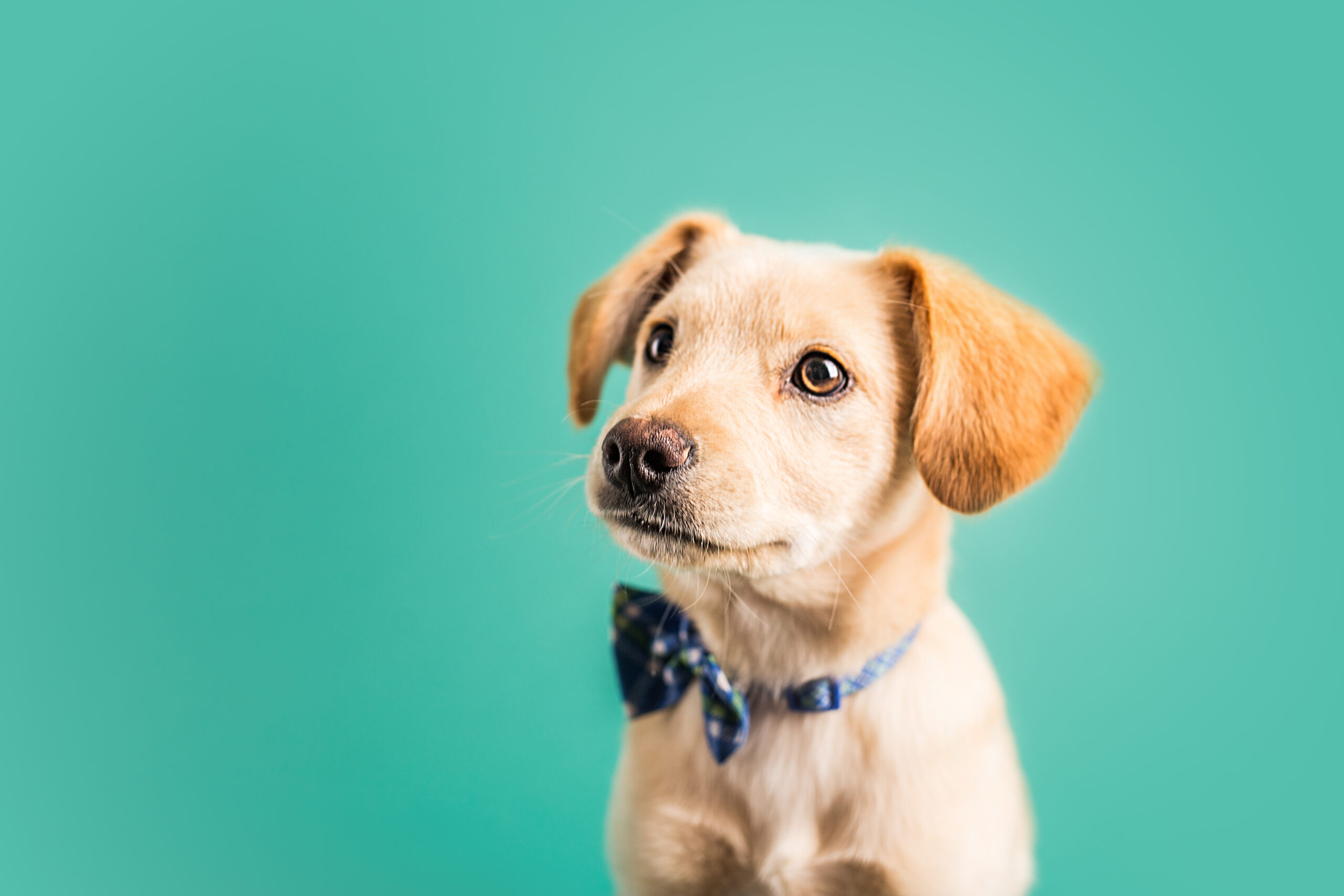Teaching your dog to come when called—also known as recall—is one of the most important skills you can give them. Whether you’re calling your dog at the park, from across the yard, or away from a dangerous situation, a solid recall can literally save their life.
But here’s the truth: most dogs don’t ignore you out of stubbornness—they ignore you because recall hasn’t been clearly or consistently taught. A reliable recall takes time, patience, and trust-building. But the good news? It can also be fun and incredibly rewarding.
Why Recall Matters
Recall isn’t just about obedience, it’s about connection. When your dog learns that coming to you always leads to something good, you strengthen your bond while also keeping them safe and engaged.
Imagine calling your dog and having them race toward you with excitement, not hesitation. That’s what reliable recall looks like—and it’s completely possible with the right approach.
Start with the Right Foundation
Before you even say your dog’s name, make sure:
- Your dog is in a low-distraction environment
- You have high-value treats or rewards
- You’re setting them up for success, not testing them
Start indoors or in your backyard and build from there. Say your recall cue—whether it’s their name followed by “come,” or a unique word—and reward generously when they respond.
Make Recall a Game
Dogs love to play, and incorporating games into recall training makes learning stick. Try:
- The Name Game: Take turns with family members calling your dog back and forth, rewarding every response.
- Hide and Seek: Hide somewhere in the house and call your dog. Celebrate big when they find you.
- Chase and Treat: Run away from your dog as you call them. When they chase and catch you, they get a reward.
These games turn recall into something your dog looks forward to—not something they avoid.
Common Mistakes to Avoid
- Repeating the cue: Calling over and over (“Buddy, come! Buddy! Come here!”) can teach your dog to tune you out.
- Negative associations: Never call your dog to punish them, end playtime, or do something unpleasant (like nail trims or leaving the park).
- Not rewarding enough: Especially in the beginning, be generous with praise, treats, and enthusiasm.
Consistency is Key
The more you practice recall in safe, controlled environments, the more success you’ll have in unpredictable ones. Gradually increase distractions, distance, and difficulty as your dog becomes more confident.
Final Thoughts
A reliable recall isn’t built overnight—but it is built on trust. When your dog learns that coming to you is always a good choice, they’ll do it without hesitation. Make recall fun, positive, and part of your everyday life.
And if you’re ready for even more tips, real-life examples, and a breakdown of exactly how to build a reliable recall step-by-step, be sure to tune in to the latest episode of the
DogSpeak Podcast:
“Reliable Recall: Teaching Your Dog to Come Every Time.”
